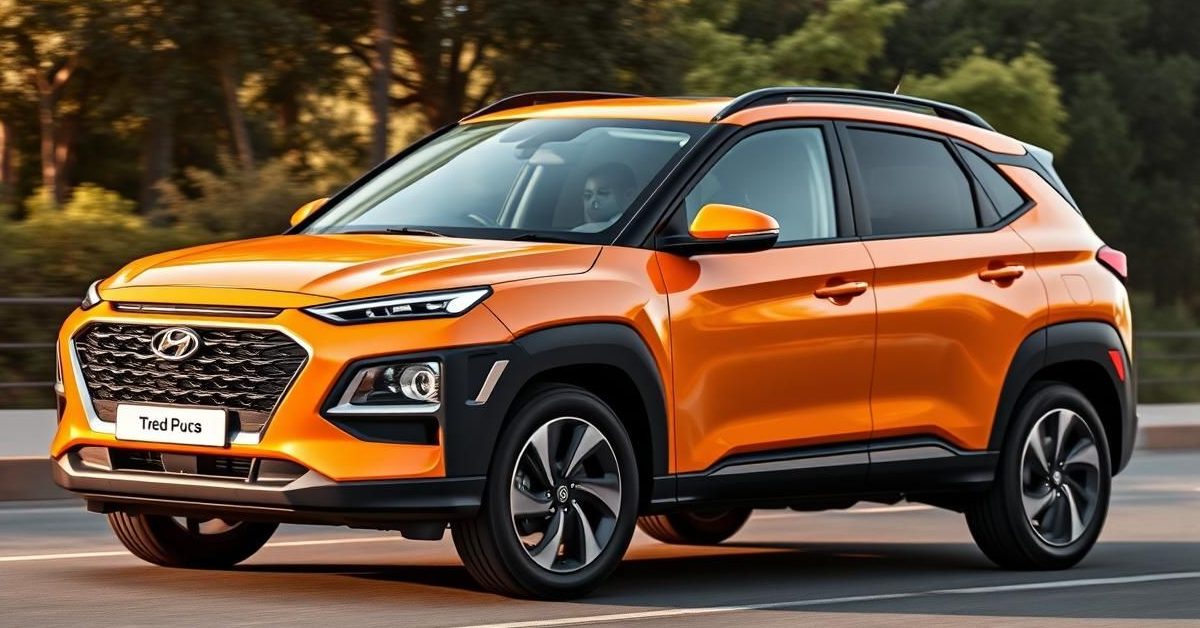India’s car market is experiencing a “K-shaped” transformation, with premium SUVs and MUVs thriving while sales of affordable entry-level cars are in a significant decline.
The Big Shift in Car Buying
The Indian automotive landscape is undergoing a dramatic change. Despite overall sluggish growth in car sales, there’s a strong move towards higher-priced, feature-rich models. This trend highlights a widening gap in consumer spending power.
For instance, the Hyundai Creta, a popular mid-segment SUV starting at Rs 11 lakh-plus, topped sales charts in June 2025. Alongside Maruti’s Ertiga Multi-Utility Vehicle, these two models alone made up nearly two-thirds of all cars sold that month.
First-Time Buyers Go Premium
A surprising revelation is that a significant portion of these premium car buyers are actually first-time owners. Hyundai reports that first-time buyers now account for 29% of Creta’s customer base in 2024, a sharp rise from just 12% in 2020. These new buyers, often with monthly incomes between Rs 50,000 and Rs 2 lakh, are directly opting for more expensive vehicles over traditional entry-level options.
The Fading Popularity of Small Cars
While premium segments boom, the entry-level car market is struggling. Sales of cars priced below Rs 5 lakh, once a major segment attracting new buyers, have plummeted from almost a million units in FY16 to a mere 25,402 units in FY25. Iconic small cars like the Maruti Suzuki Alto, once a bestseller, now see combined sales with S-Presso at a fraction of their previous peaks.
This sharp decline is a critical indicator of economic trends, showing a weakening demand at the lower end of the consumer base. Passenger vehicle sales overall saw a 1.4% decline in April-June 2025 compared to the same period last year, with passenger car sales dropping over 11%.
Why the K-Shape?
Several factors contribute to this K-shaped market. One major reason is the rising cost of entry-level cars, now priced at Rs 4 lakh-plus, partly due to stricter safety norms like the mandatory inclusion of six airbags. This makes them significantly more expensive than two-wheelers, which remain a much more accessible option for many.
Additionally, sluggish income growth among lower-income groups means affordability remains a significant barrier for new car purchases. Despite some rural recovery, urban demand isn’t picking up as expected post-Covid, impacting overall consumption.
Premium Features and Consumer Choice
Car manufacturers are responding by offering more premium features across their range. Hyundai, for example, saw ADAS-enabled car sales increase six-fold to 15% of its total in 2024, and 50% of its cars now come with a sunroof. The strategy is to bring advanced technology and luxury to a wider audience, even in lower variants of premium models.
However, within the utility vehicle segment itself, many customers are still budget-conscious, often opting for base or just-above-base variants to get the most value for their money.
- India’s car market shows a “K-shaped” trend: premium SUVs and MUVs are selling well, while entry-level cars are declining.
- First-time car buyers are increasingly choosing expensive models like the Hyundai Creta, rather than smaller, cheaper cars.
- The decline in affordable car sales is linked to rising prices (due to safety features) and stagnant income growth for lower-income households.
This ongoing shift reflects deeper economic patterns, prompting car companies to adapt their strategies to cater to evolving consumer aspirations and purchasing power.














